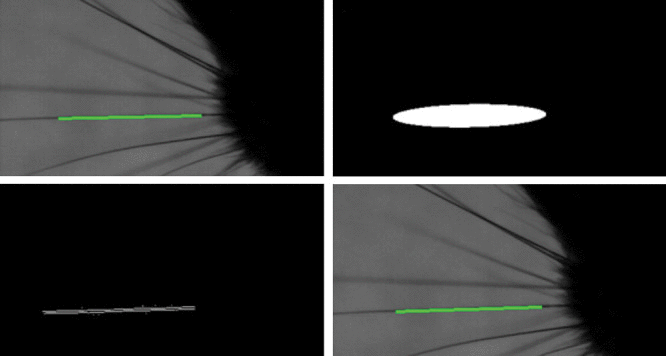Facial Nerve Recovery in KbDb and C1q Knockout Mice: A Role for Histocompatibility Complex 1
- PMID: 28293529
- PMCID: PMC5222674
- DOI: 10.1097/GOX.0000000000001186
Facial Nerve Recovery in KbDb and C1q Knockout Mice: A Role for Histocompatibility Complex 1
Abstract
Background: Understanding the mechanisms in nerve damage can lead to better outcomes for neuronal rehabilitation. The purpose of our study was to assess the effect of major histocompatibility complex I deficiency and inhibition of the classical complement pathway (C1q) on functional recovery and cell survival in the facial motor nucleus (FMN) after crush injury in adult and juvenile mice.
Methods: A prospective blinded analysis of functional recovery and cell survival in the FMN after a unilateral facial nerve crush injury in juvenile and adult mice was undertaken between wild-type, C1q knockout (C1q-/-), and KbDb knockout (KbDb-/-) groups. Whisker function was quantified to assess functional recovery. Neuron counts were performed to determine neuron survival in the FMN after recovery.
Results: After facial nerve injury, all adult wild-type mice fully recovered. Juvenile mice recovered incompletely corresponding to a greater neuron loss in the FMN of juveniles compared with adults. The C1q-/- juvenile and adult groups did not differ from wild type. The KbDb-/- adults demonstrated 50% recovery of whisker movement and decreased cell survival in FMN. The KbDb-/- juvenile group did not demonstrate any difference from control group.
Conclusion: Histocompatibility complex I plays a role for neuroprotection and enhanced facial nerve recovery in adult mice. Inhibition of the classical complement pathway alone does not affect functional recovery or neuronal survival. The alternative and mannose binding pathways pose alternative means for activating the final components of the pathway that may lead to acute nerve damage.
Figures






Similar articles
-
Effects of corticosteroids on functional recovery and neuron survival after facial nerve injury in mice.Arch Facial Plast Surg. 2011 Mar-Apr;13(2):117-24. doi: 10.1001/archfacial.2010.98. Epub 2010 Nov 15. Arch Facial Plast Surg. 2011. PMID: 21079107
-
T cell memory in the injured facial motor nucleus: relation to functional recovery following facial nerve crush.Neurosci Lett. 2008 Oct 10;443(3):150-4. doi: 10.1016/j.neulet.2008.07.067. Epub 2008 Jul 31. Neurosci Lett. 2008. PMID: 18687384 Free PMC article.
-
IL-2 gene knockout affects T lymphocyte trafficking and the microglial response to regenerating facial motor neurons.J Neuroimmunol. 2003 Jan;134(1-2):95-103. doi: 10.1016/s0165-5728(02)00422-8. J Neuroimmunol. 2003. PMID: 12507776
-
Facial nerve recovery in bcl2 overexpression mice after crush injury.Arch Facial Plast Surg. 2004 Mar-Apr;6(2):82-7. doi: 10.1001/archfaci.6.2.82. Arch Facial Plast Surg. 2004. PMID: 15023794
-
Kinetics of facial motoneuron loss following facial nerve transection in severe combined immunodeficient mice.J Neurosci Res. 2000 Oct 15;62(2):273-8. doi: 10.1002/1097-4547(20001015)62:2<273::AID-JNR11>3.0.CO;2-C. J Neurosci Res. 2000. PMID: 11020219
Cited by
-
C1q as a target molecule to treat human disease: What do mouse studies teach us?Front Immunol. 2022 Aug 3;13:958273. doi: 10.3389/fimmu.2022.958273. eCollection 2022. Front Immunol. 2022. PMID: 35990646 Free PMC article.
References
LinkOut - more resources
Full Text Sources
Other Literature Sources
